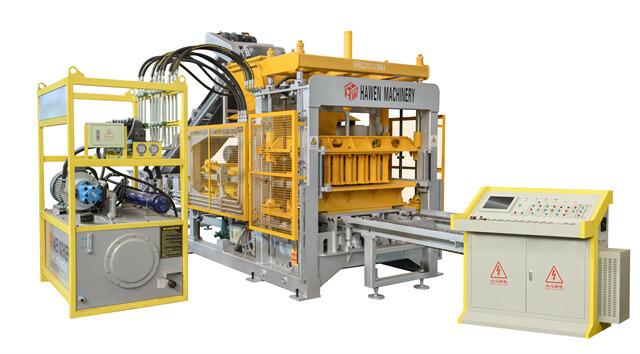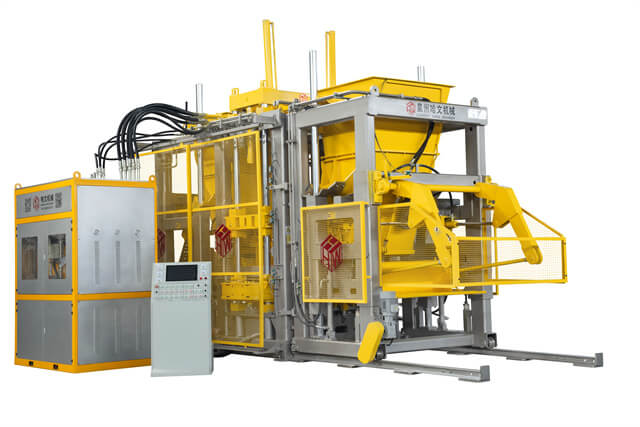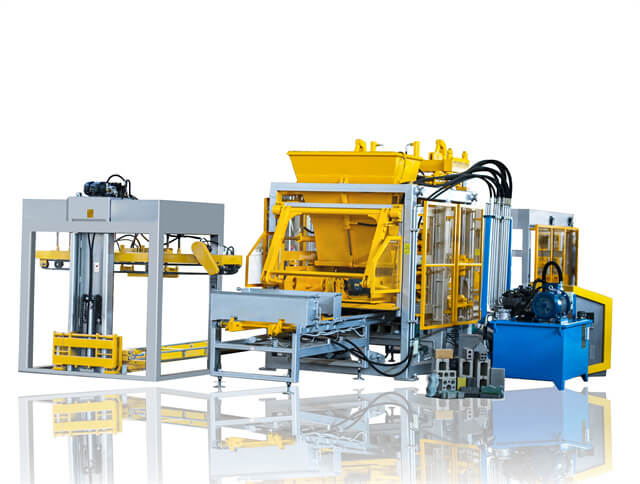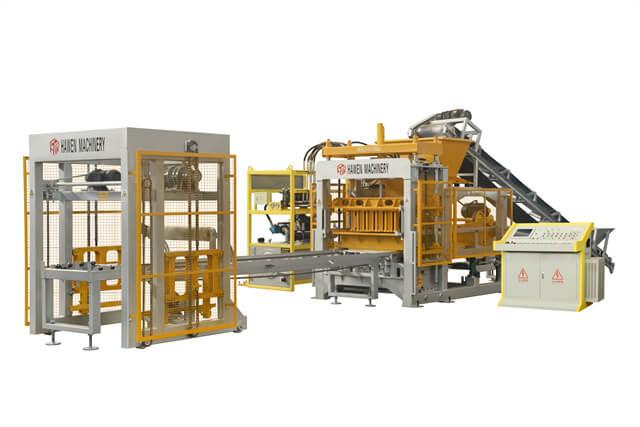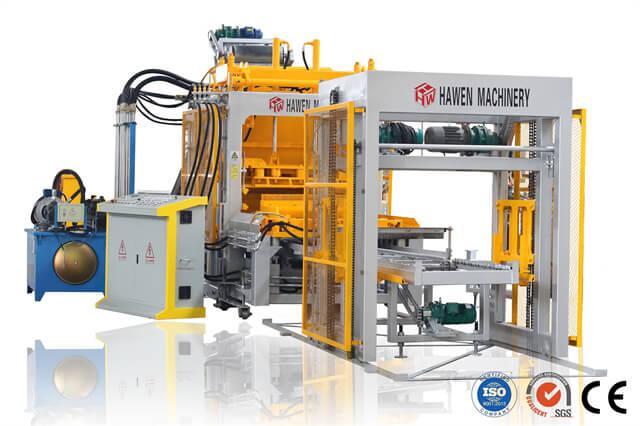Author:HAWEN Block MachineFROM:Brick Production Machine Manufacturer TIME:2024-07-30
Hydraulic block making machines are innovative pieces of equipment used in the construction industry. They are designed to efficiently make concrete blocks which are widely used in building and construction projects. These machines have revolutionized the block making industry with their high level of automation, durability, and efficiency. This article aims to give a detailed overview of the production process of hydraulic block making machines.
The production process of hydraulic block making machines starts with the manufacturing of its components. The major components of these machines include the hydraulic pump, mold box, and vibration motor. These components are precision-engineered using high-quality materials such as cast iron, steel, and aluminum. The manufacturing process involves cutting, welding, and casting of these materials to form the final components.
After the components are manufactured, they are assembled to form the hydraulic block making machine. The assembly process involves fitting the various components such as the vibration motor, hydraulic pump, block mold, and control panel onto the machine frame. The machine is then tested to ensure that all components are working correctly before it is packaged for shipping.
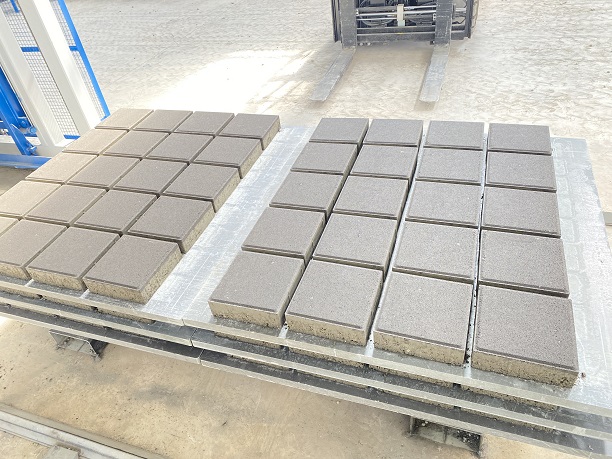
Before the hydraulic block making machine is shipped out to customers, it must undergo rigorous testing to ensure that it meets the required standards. The testing process involves checking if the machine can produce concrete blocks of the desired shape and size. It also entails testing the machine's electrical system, hydraulic system, and its overall performance to ensure that everything is working correctly.
After the hydraulic block making machine passes the testing stage, it is packaged and shipped to the customer. The machine is usually packed in a wooden crate to prevent any damage during shipping. The customer is also provided with a set of instructions on how to assemble and operate the machine.
Before the hydraulic block making machine can be used, the site must be prepared. A level surface must be prepared for the machine to sit on, and a power source must be available to power the machine. The site must also have adequate space to allow for the transportation of raw materials and finished blocks.
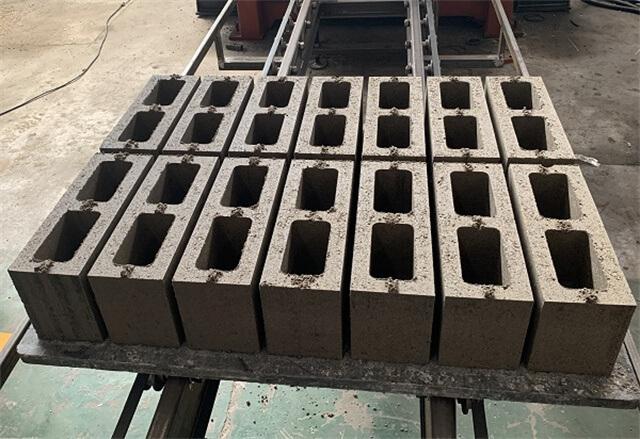
The next stage involves preparing the raw materials needed to produce the concrete blocks. These raw materials include cement, sand, gravel, and water. They are usually mixed in a concrete mixer to form the required consistency, which is then poured into the block mold of the hydraulic block making machine.
Once the raw materials are prepared, the block production stage begins. The hydraulic block making machine uses high pressure to compress the raw materials into the desired shape and size. Vibration is also used to ensure that the concrete is evenly distributed within the block mold. The blocks are then left to cure before they are ready for use.
Regular maintenance is essential to ensure that the hydraulic block making machine remains in good working condition. This involves cleaning the machine after use, inspecting the components for wear and tear, and replacing any worn-out parts. Proper maintenance not only increases the lifespan of the machine but also improves its overall performance.
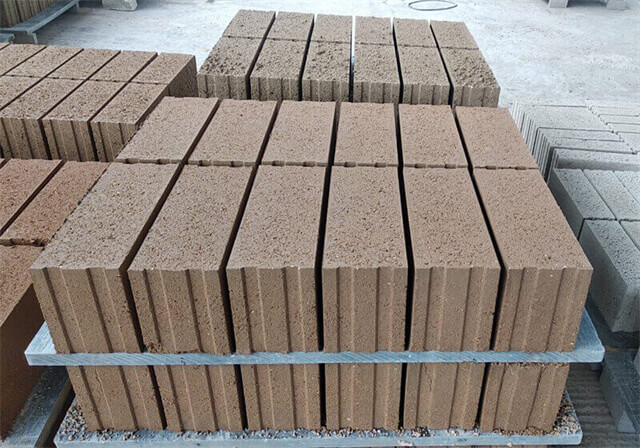
The production process of hydraulic block making machines involves component manufacturing, assembly, testing, packaging, and shipping. Site preparation, raw material preparation, block production, and maintenance are the other critical stages involved in this process. These machines have revolutionized the block making industry with their high level of automation, durability, and efficiency. With proper maintenance and care, hydraulic block making machines can provide a reliable source of concrete blocks for years to come.
